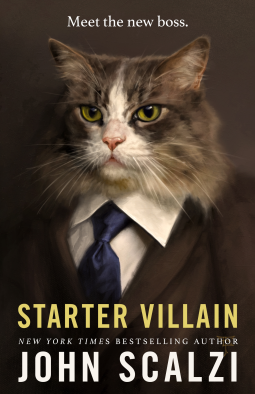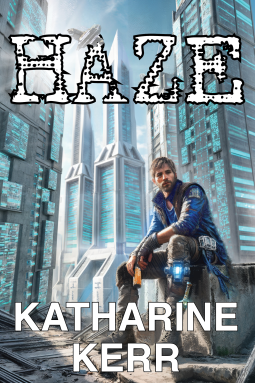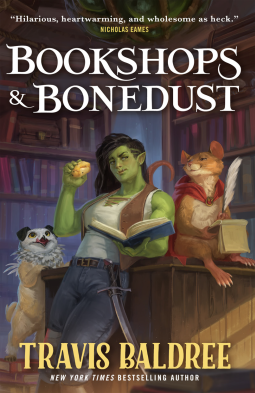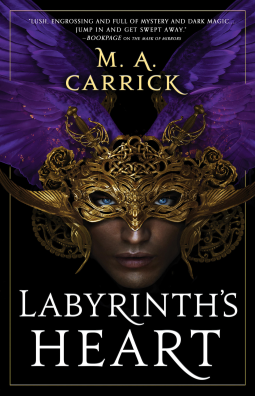Labyrinth's Heart, by M. A. Carrick (Orbit)
Labyrinth's Heart completes the “Rook and Rose”
trilogy by M. A. Carrick (in real life, Marie Brennan and Alyc Helms). The
story began in the Venice-like city of Nadežra with the arrival of con-artist
Ren, bent on impersonating a long-lost cousin of an aristocratic family and
thereby worming her way into rank and riches. An uneasy peace between the
nobility and the natives they oppress barely holds in the city. Between the
Robin Hood-like Rook (which turns out to be not an individual person but a
vocation transmitted through a magical mask), gangs tussling for territory, and
the mind-controlling medallions left over from “the Tyrant,” Ren soon finds
herself acting several, mutually incompatible roles. One of them, by the way,
is a reader of special tarot-like cards, a “patterner.”
At the beginning of Labyrinth's Heart, Ren’s
precarious balancing act comes crashing down with the arrival of a scheming
social climber who knows her true story and will not stop at pressuring Ren to
get what she wants, even at the expense of Ren’s now beloved family. Ancient malice
awakens, the oppressed classes rise up against tyranny, and mystery piles upon
mystery.
The three volumes weave together old evils, cursed clans,
transcendent magic, political corruption, social upheaval, and a love story or
two. Together, they form a long, slow simmer of a story that shines with its
sympathetic characters and rich cultural setting. The cards used for
“patterning” divination are particularly vivid, with a cohesion and archetypal
resonance that makes them utterly believable. (The authors designed a deck of
these cards that will soon be available.)
I’m a huge fan of the work of the authors and I loved these
books. However, since this is a review, I must offer a few caveats. One is that
the volumes should be read fairly close together. It had been several years
since I read the middle book, and I found myself struggling to recall too many
events, characters, place names, and clan relationships.
Two, a corollary, is that Labyrinth's Heart is not
a stand-alone. There’s simply too much backstory for a book entire in itself,
although the authors make a valiant attempt to supply synopses of previous
books, character lists, glossary, etc.
Three is that one challenge of such a long, complex story
lies in the sheer number of characters, each with a backstory. The inevitable
result is that Ren, who was the front-and-center protagonist at the beginning,
fades from time to time into a lesser position when everyone else’s story comes
to a climax and resolution. Along with that complexity comes a multiplicity of
endings. It’s a bit like the final volume of The Lord of the Rings,
where the story does not end with the destruction of the One Ring or even with
the hobbits returning home. Indeed, it goes on for chapter after chapter, and
so, too, does the “Rook and Rose” saga. This is a good thing for readers who
are sad to say good-bye to this marvelous world and its people; not so much for
those who want a single, definitive “they lived happily ever after.”
A minor point is that Grey Serrado (Ren’s love interest,
among other roles) has grown up thinking he was cursed (what looks like
psychological child abuse turns out to have a basis in reality). How that came
about and how it’s resolved play out in Labyrinth's Heart. The problem
for me is that I never picked up on his being cursed in the first two books, so
I was a bit taken aback when it became an important secondary thread. All these
are minor quibbles, however, compared to the grand, sweeping scope of the
books.
I leave you with one
of the many beautiful, poetic lines from “Rook and Rose”:
May you
see the face and not the mask.







